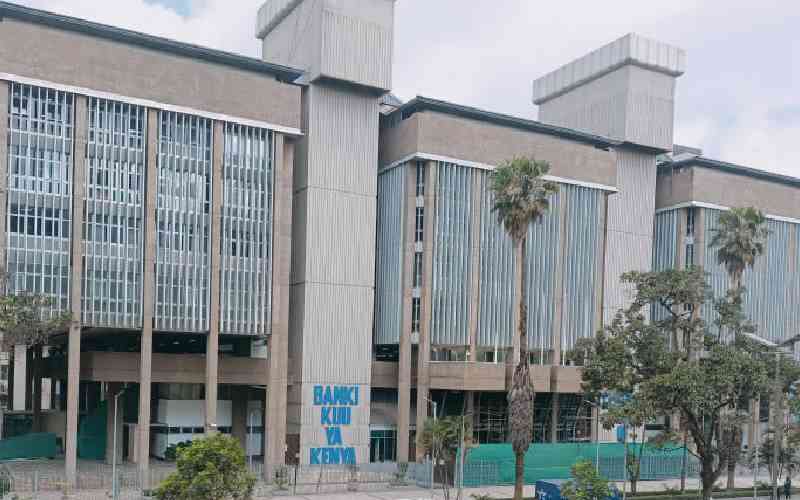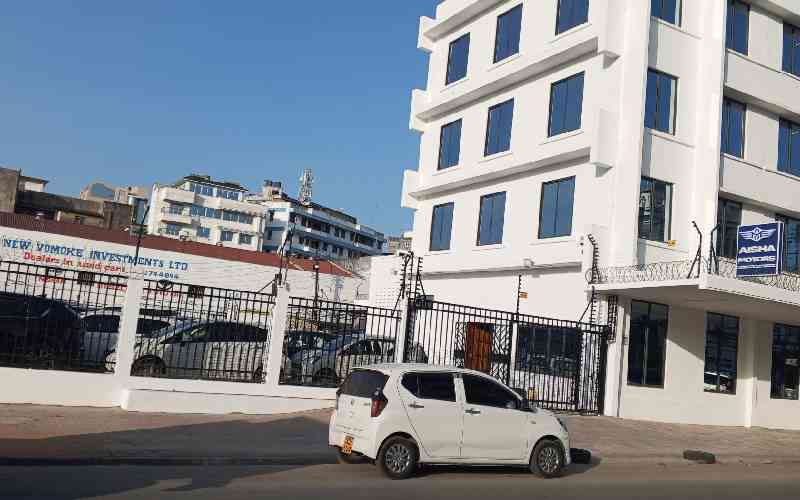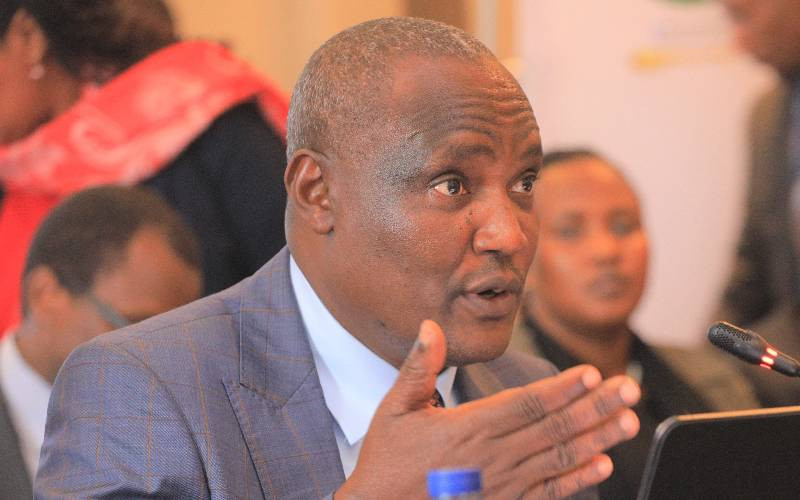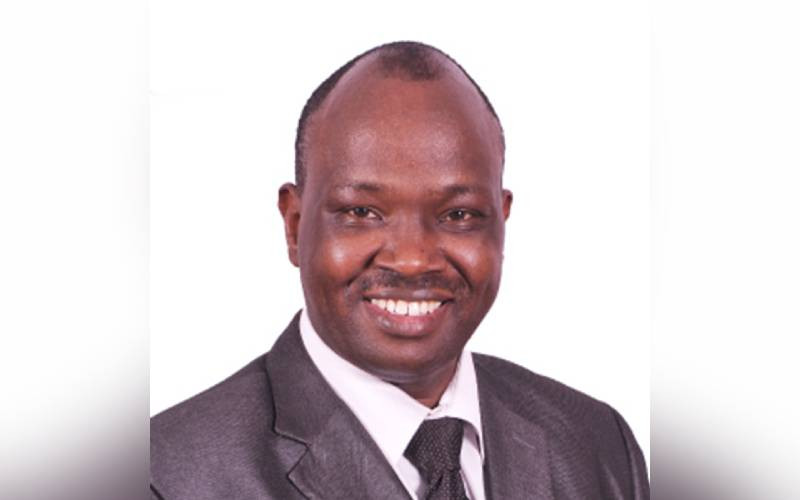×
The Standard e-Paper
Stay Informed, Even Offline
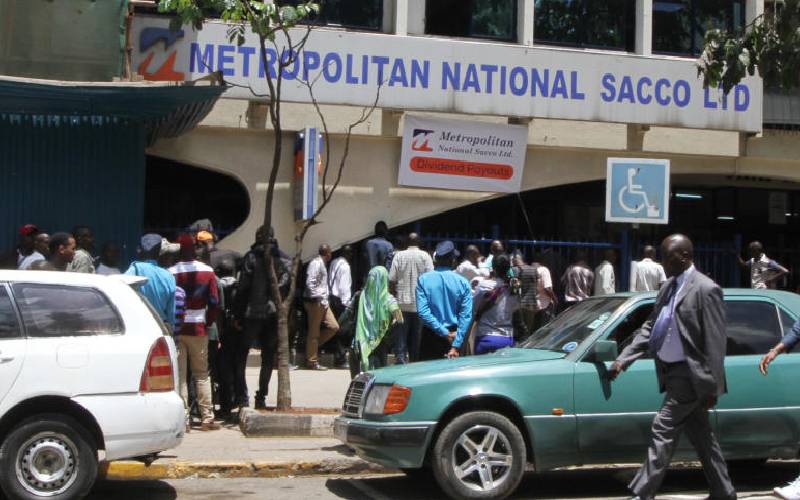
Members of Metropolitan Sacco Ltd line up for their annual dividend payout outside their offices along Koinange street, Nairobi. [Elv is Ogina]
In recent weeks, rumours have swirled around how some Saccos have been hit by a run.


